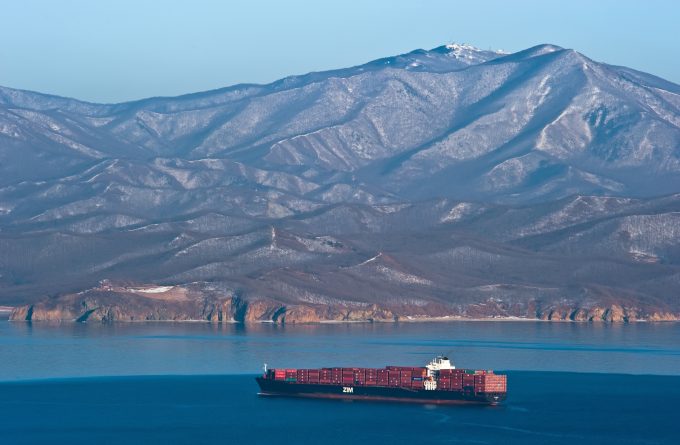DSV chief reticent on Schenker: the focus on growing market share
DSV focused on gains in market share, organic growth and making investors confident in its ...

A strong end-of-year for Israeli shipping line Zim was not enough to offset damage caused by the March/April container shipping rate war .
The carrier reported a 2016 loss of $163.5m – a massive 2,615% decline on the year before.
Despite this, there was cause for optimism in the final two quarters of the year, with Q3 seeing year-on-year losses cut in half and in Q4 the carrier sailed back into the black, with a $4.6m net profit.
The final quarter upswing compared favourably with the last three months of 2015, which saw Zim haemorrhage $27m – it also ended an unhappy trend of back-to-back Q4 losses.
Zim’s president and chief executive, Rafi Danieli, said the fourth-quarter results were achieved through a successful efficiency plan and costs reductions across the carrier’s network.
“In spite of the very challenging market conditions in 2016, our results continued to improve,” added Mr Danieli. “We continue to improve Zim’s network and to react rapidly to changing market conditions.”
Despite reporting a 3.9% increase in volumes in Q4 and a 5.4% increase over the year, Zim continued to struggle with low rates – reflecting the general market performance.
Zim’s average freight rate per teu last year was $902, 19.9% down on 2015, which resulted in a 15.1% drop in revenue, from $2.9bn to $2.5bn.
The carrier managed to redress this in Q4, increasing rates by 3.2% quarter-on-quarter to $915 per teu, which also resulted in a 1.5% upturn in revenue to $653.5m, compared with $643.9m in Q3.
However, this was still down 7% year-on-year, with Q4 2015 rates of $988 per teu.
Next month the carrier will introduce an upgraded network, with additional services on the Asia-US, Asia-Med and Med-US trades. Mr Danieli said this would help it respond to the changes in the major alliances.
Chief executive of SeaIntelligence Consulting, Lars Jensen, noted that Zim had become yet another carrier to post a positive result for Q4 2016.
“It appears a straightforward choice has been made by the Israeli carrier: drop the focus on market share and focus on yield management,” he said. “Total volume increased 3.9% in Q4 versus a global market growth of 5.8% – furthermore, this was in a market where more than 1m teu of previously Hanjin-controlled cargo was ‘up for grabs’.”
Mr Jensen added that while this represented a reduction in global share, it had resulted in the about-turn from a Q3 loss to a Q4 profit.
Cuts made to the network made a huge dent in the carrier’s earnings before interest, tax, depreciation and amortization (EBITDA), which plummeted from $204m in 2015 to just $49.9m.
Comment on this article